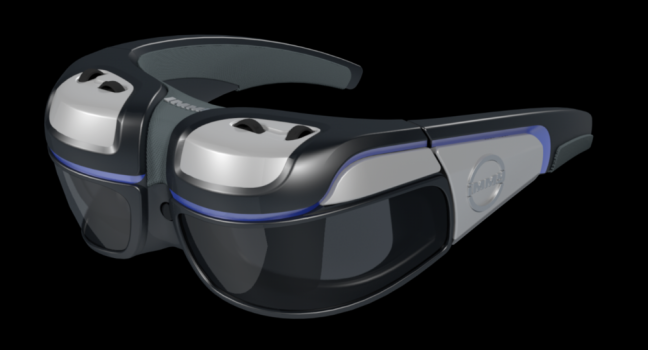
You only know what you can remember, as the saying goes, but virtual reality technology holds the potential to reorganize and adulterate a person’s memory, blurring the lines between what is real and what is virtual.
Our strongest memories are deeply ingrained based on events and experiences that activate the maximum amount of neural connections in our brains, especially when an event is highly charged emotionally. That’s why most parents can never forget the joy of their child’s birth, and some soldiers can never fully recover from their traumatic experiences in war.
Virtual reality headsets are not just about cool new gaming environments and 360-degree movies. Virtual reality is destined to permeate all facets of society, including business, government, the arts, education, and leisure. The fast-emerging VR industry is already forecast to top $30 billion in revenue by 2020, according to tech advisory firm Digi-Capital.
Most people experience motion sickness and discomfort from the extended use of current virtual reality headsets. But once this communications technology is perfected, it has the potential to transform the world in ways similar to the printing press or the Internet, and that is no marketing exaggeration. We should recognize that virtual reality headsets are built to literally take over people’s sensory controls by covering their eyes and ears, and tricking the brain into perceiving a completely fabricated, displaced “virtual†reality.
In this way, virtual reality technology has the ability to create powerful new connections in the brain that generate long-term memories. By simultaneously activating new neural pathways in the conscious and subconscious brain, virtual reality content creators will wield the power to possibly trigger profound emotional responses in users – from the pleasant to the ecstatic, and from the troubling to the horrific.

Virtual reality is a completely new form of sensory communication that bypasses the physical world to directly activate the human memory. In fact, virtual reality with a 60 degree or higher field of view is much more than an audio-visual experience – instead of feeling that you are watching and listening to something, it feels like you are actually there. This is the holy grail of virtual reality which the industry describes as “presence†or “immersion.â€
The potential positive applications for virtual reality are both exciting and unlimited. For instance, virtual reality simulations are already being developed in controlled environments to help people conquer their fear of flying, or of heights, or of crowded places. Virtual worlds will also allow the elderly and bedridden to escape from their rooms for virtual trips to any place in the world, or even to past historic events or future sci-fi scenarios. The possibilities are truly breathtaking.
Yet virtual reality is a neutral technology, and like all technologies, it can be used for good or evil. In a VideoInk interview, Mike Rothenberg of Rothenberg Ventures suggests that terrorist groups might adopt virtual reality to unleash monstrous scenarios of torture and brutality.
In effect, a virtual warzone would recreate the actual agony and bloodshed of war. And the lasting traumatic effects on the human memory could very well be similar to the real-life experience. We do not yet understand how these terrifying effects would be manifested, and that is why we should proceed with the utmost caution and foresight.
The normal defensive mechanisms we have as human beings in dealing with real life are mostly bypassed in a virtual reality or immersive experience, and therefore content creators should err on the side of caution and consider ALL virtual reality content creation to be made at a level of acceptability as if it was to be viewed by a 3- or 4-year-old child.
I have conducted immersive trainings using head-mounted displays for U.S. military agencies since 2002. I’ve also worked with many industrial and commercial clients, so I’m very familiar with the technical and physical challenges facing the virtual reality industry. I remain extremely enthusiastic about the potential for virtual reality to broaden our field of knowledge and improve the human condition.
Done properly, virtual reality headsets have the potential to positively transform how we learn, work, play and entertain ourselves. But this innovation must be developed carefully with sensible oversights, before the virtual genie escapes from the proverbial bottle.
- How will VR affect our memories? - October 7, 2015
